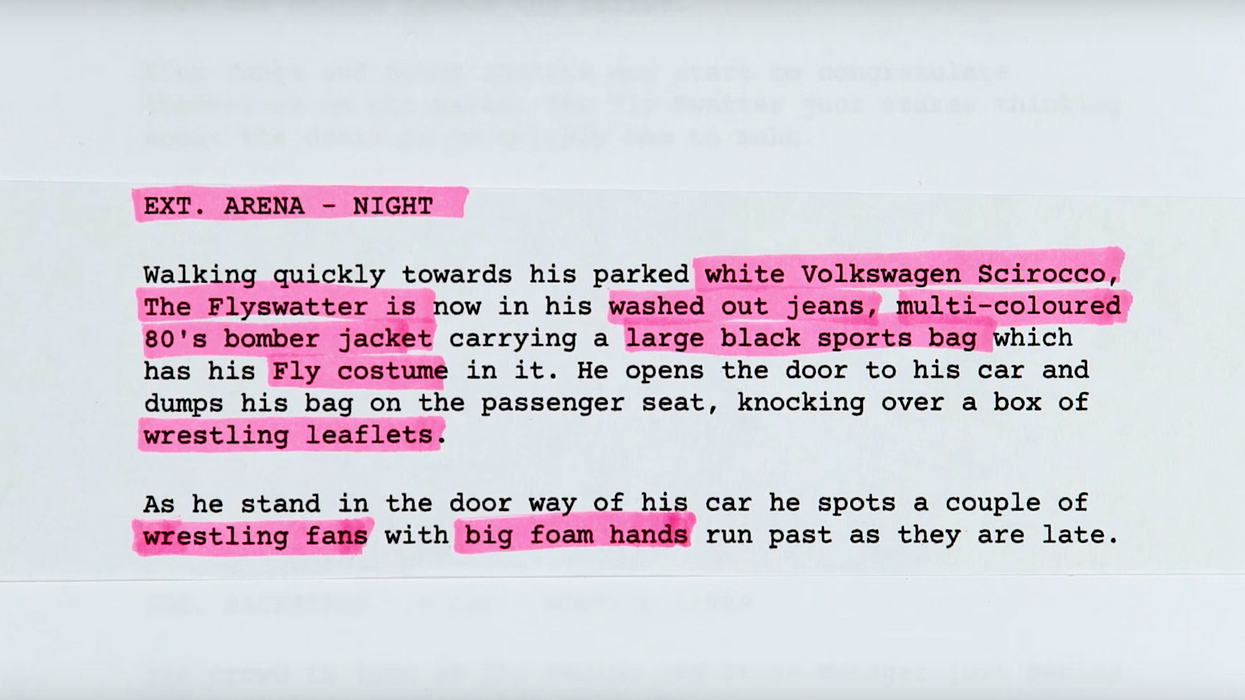What You Need to Know About Prepping Your Script for Production
Need to get your script ready for production? Here are a few things you should know.

So, you've finished your script and now you're ready to shoot. Awesome! There's just one problem. How do you turn all those beautiful words and ideas on the page into concrete tasks and materials for production? Well, that's where the script breakdown comes in, a process that lists all of the elements that are most important in the shooting phase of your film, but doing this kind of analysis requires a bit of know-how. If you're itching to learn how to do a script breakdown, this video from The Film Look is a great place to start.
As you can see from the video, the process of doing a script breakdown is not really all that complicated; it's just highlighting different production elements with different colored highlighters. However, there are going to be a few challenges that you'll need to watch out for while you put yours together. First of all, you've got to know what a "production element" is. These things include your cast, extras, props, wardrobe, make-up, special effects, stunts, foley, really anything you need in order to shoot a specific scene.
Next, organize each element effectively into separate categories. There are some standard ways of doing this, but if you're managing your own production, you can assign and arrange these the way they make sense to you. If you want some ideas on where to start this part of the process, StudioBinder actually does a full and complete breakdown (of script breakdowns) here.
Finally, you've got to make sure that you are extremely thorough and detailed with your analysis. Make absolutely certain that you didn't miss anything because one missed element could halt an entire day of production. For example, imagine you're shooting a scene in which a Wild West Sheriff and an outlaw have a shootout right outside of a saloon. If you fail to highlight and catalog their revolvers in the script, you're going to have a very rough day on set.
What are some other important things to keep in mind while breaking down scripts? Let us know down below.
Up next
Learn about film budgeting, and grab every filmmaking form you'll need!
Source: The Film Look












